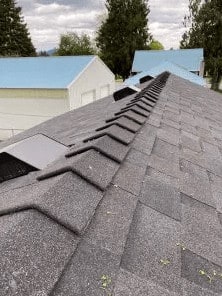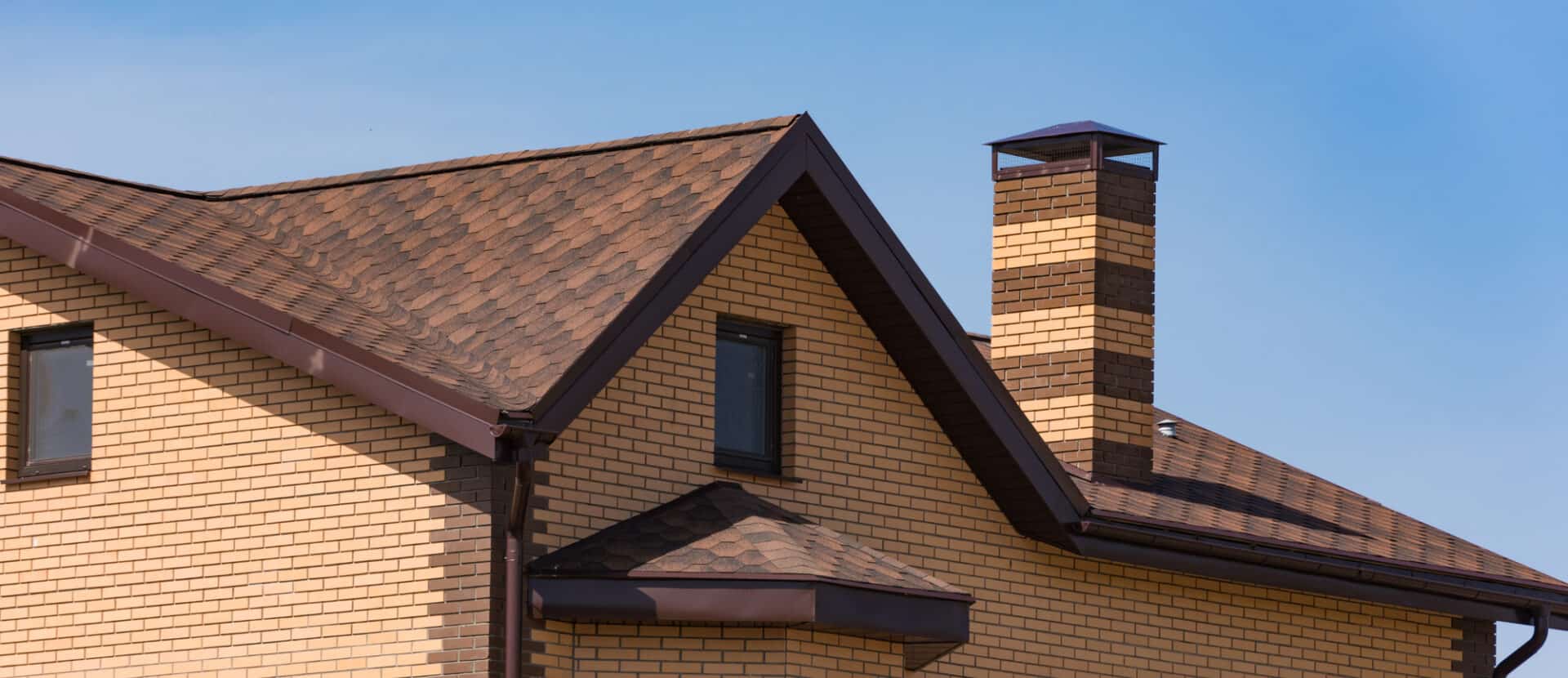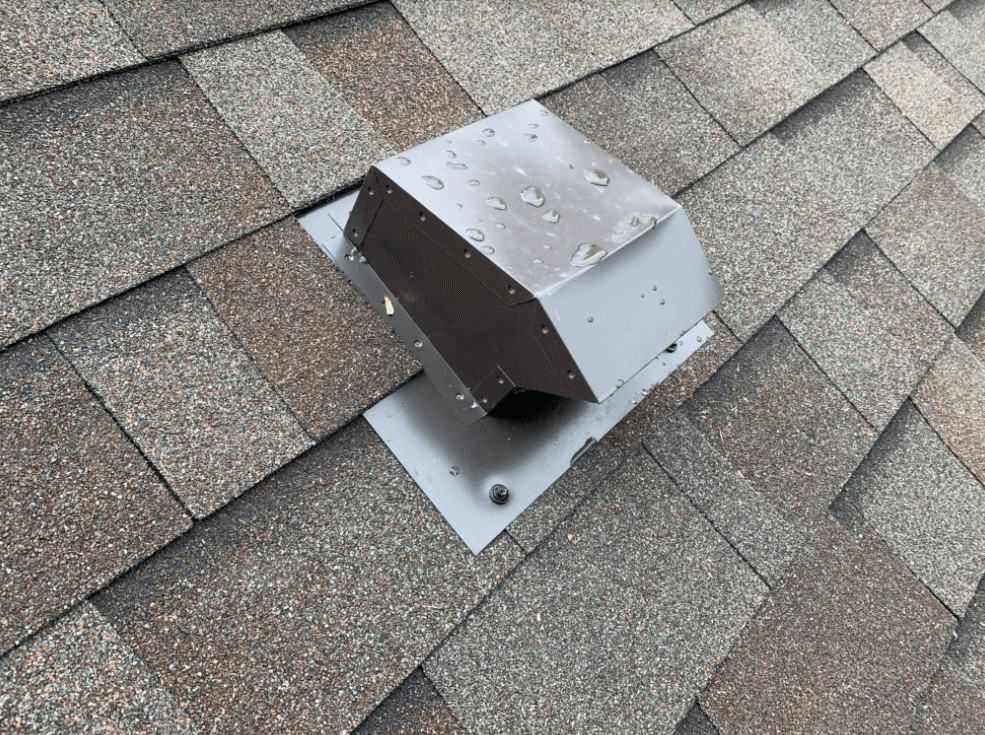How to Cap a Shingle Roof
After a new roof is installed, something needs to cover up the seams between the different surfaces of the roof. These areas are called hips and ridges. The product you’ll need for these areas is a ridge cap. But with so many options, how can you know the best ridge cap to use to cover these seams to finish off the roof? Here’s some need-to-know information to help you select the right product for your needs.
Types of Ridge Cap
In the old days, when 3-tab was a popular choice for shingles, the roofers would simply cut them apart and use them as a ridge cap. This did a good enough job, but now with architectural shingles, using cut shingles is no longer a good solution. The second layer of the laminate will stick up and collect debris. Also, it just looks bad.
For newer architectural roofs, the best ridge cap to use is a specialized one created to be used as a ridge cap. A specialized ridge cap shingle comes in strips and is perforated, so you can just break it apart before installing it. This makes for very even pieces without irregular sizes or cuts making your roof look bad.
A specialized ridge cap also has a tar strip on it to hold the pieces to each other and prevent blow-offs. They will perform much better than anything else because they are made for this particular installation. Because of this, CertainTeed will increase the wind warranty of any roof that uses its shingles, starter, and ridge cap to 130 mph. Around here, this basically means if you ever have a blow-off during the wind warranty period it will be covered, as long as the shingle was installed right (if not, then it is a workmanship problem).
When it comes to specialized ridge caps, however, there are a lot of choices now that can make your home stand out and look even better.

Styles of Specialized Ridge Cap
We use mainly CertainTeed shingles, which means we give our clients a choice between their different ridge caps. The two main styles of ridge caps that we put on the most are Shadow Ridge and Mountain Ridge. These will work well with any shingle, from a regular architectural shingle to CertainTeed’s luxury shingle called Presidential.
The difference between these two ridge caps is the profile. The Shadow Ridge cap is one layer of fiberglass shingle, so it looks very flat. The shadow on each shingle is made to give the appearance of a higher-profile ridge cap.
On the other hand, Mountain Ridge is a high-profile shingle that makes it stand out and trim out a roof very well. Each piece of Mountain Ridge cap has five layers at the front, so they sit up quite a bit on each other. Many homeowners ask me if Mountain Ridge will catch the wind and blow off, but they also have a nice thick tar strip to prevent blow-offs, and each piece weighs significantly more than the regular Shadow Ridge. These two things make it stick down and hold on really well – I’ve never heard of Mountain Ridge having a problem with the wind (and if it did, it would be covered by warranty).
There are also other styles of ridge caps that go with particular shingles. Basically, if you are using a high-end shingle like Carriage House or Grand Manor, you’ll want their Shangle Ridge cap, designed to fit these shingle styles. If you go with their synthetic “slate” shingle Symphony, you’ll want the specialized Symphony Ridge cap to blend with your roof.
What is the Best Ridge Cap?
When picking the ridge cap you want for your roof, it all comes down to personal preference. If you opt for a luxury shingle like Presidential or Landmark TL, we recommend going with Mountain Ridge since it will match the thickness of the roof better and enhance the look of the home. If you’re on a strict budget and just going for a Landmark shingle, then the Shadow Ridge cap does just fine.
Do you have more questions about how to cap a shingle roof? Call New Heights Roofing now at (208) 487-6617.




